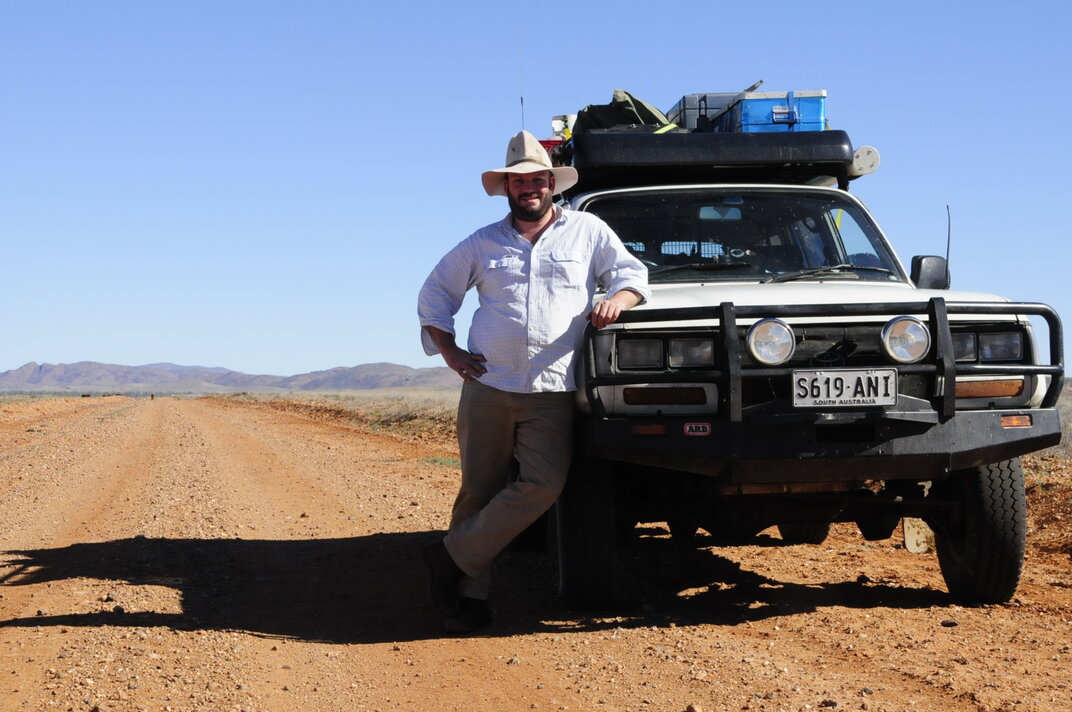
Cutting-edge archaeology techniques are set to locate new archaeological sites and provide a climate record for dry-land lakes in Central Australia, as part of ground-breaking new research revealing the human, landscape and climate history of these iconic locations.
Supported by an ARC Future Fellowship awarding $953,600 – the research led by Associate Professor Ian Moffat at Flinders University is investigating the Simpson, Strzelecki and Sturt Stony Deserts as part of efforts determining the timing of Aboriginal occupation in arid zones and to better understand how the climate has changed in what is now the most arid part of Australia.
The Simpson Desert might be best known for dunes covering more than 130,000 square kilometres but the region also contains many large paleo-lakes including Griselda, Peera Peera, Poolana and Umaroona.
“We know almost nothing about when these lakes formed, how often they have been full and whether people have ever lived around them,” says Associate Professor Ian Moffat.
The project will be undertaken in partnership with Aboriginal Traditional Owners and hopes to contribute data to assist with the management of the Munga-Thirri-Simpson, which was declared the largest National Park in Australia in 2021.
“The Coongie and Simpson Desert Lakes are a perfect natural laboratory to undertake this research as, despite having been the focus of almost no archaeological, geomorphic or climate research, they have well preserved dunes on their northern sides, which are indicators of past climate and have enormous potential to contain well preserved archaeological sites of Pleistocene (> 11,700 years) age,” says Associate Professor Moffat.
“We’re developing new cutting-edge methodologies that will establish comprehensive baseline data on how this region developed prior to European colonisation and to also resolve why no archaeological sites older than 4000 years have been found in the region.”
Climate records available suggest that, for long periods of the Pleistocene, the now arid region was transformed by the presence of abundant water.
The research will seek to determine if water really was available during the Pleistocene and, if so, where and when? And if water was available, what impact did that have on Aboriginal people at the time.
“If you think about the impact of La Nina weather patterns in Australia right now, resolving these important questions has significant implications for understanding how, when and where Aboriginal people lived in arid environments and adapted to changing climates. This can help inform our current planning in the face of a changing global climate,” says Associate Professor Moffat.
The Australian Research Council has awarded Associate Professor Ian Moffat $953,600 in the first round of 2022 Future Fellowship announcements for the project “Dead Heart Beating? Landscape, Climate and People in Desert Australia” (FT220100184).

